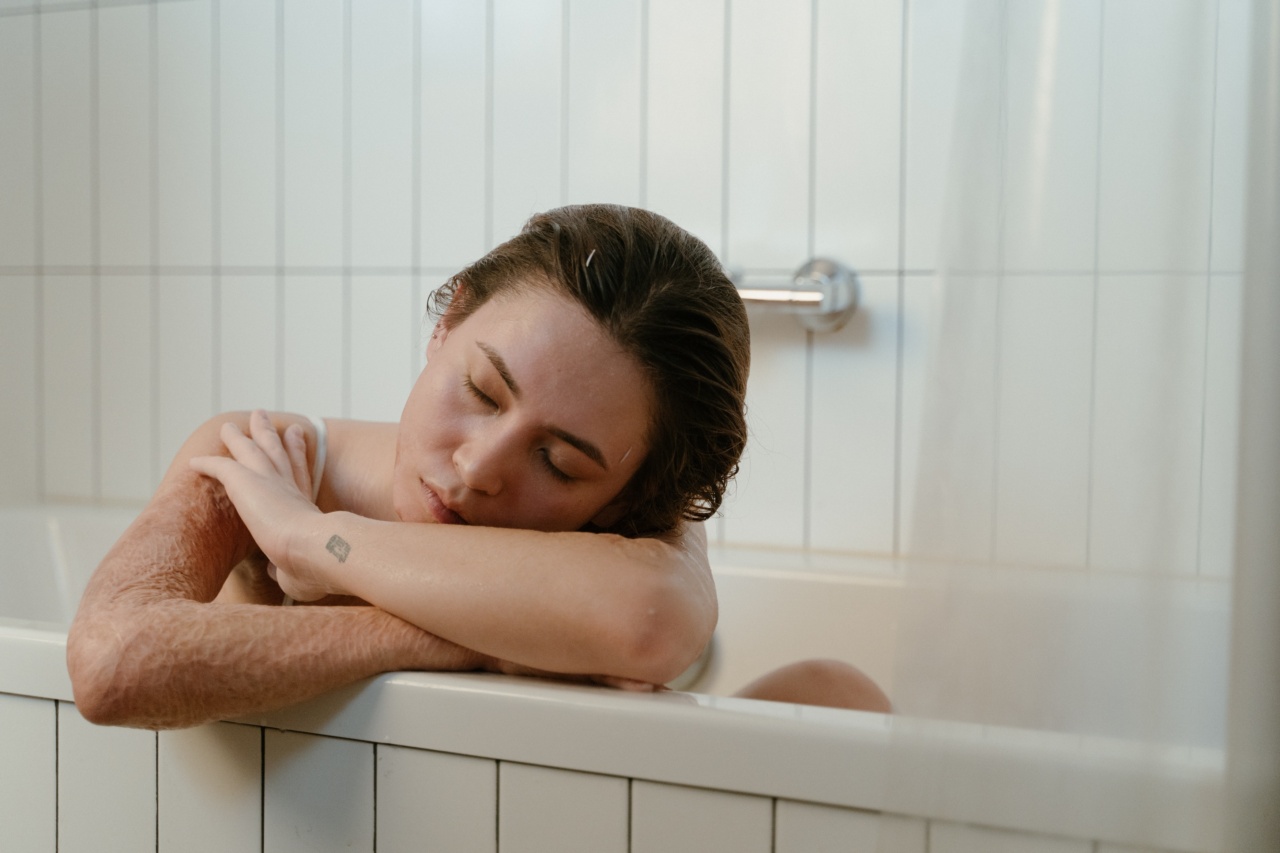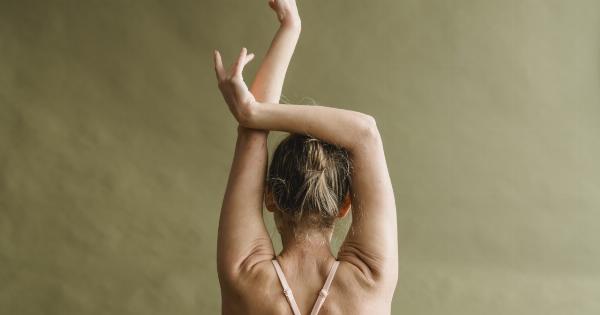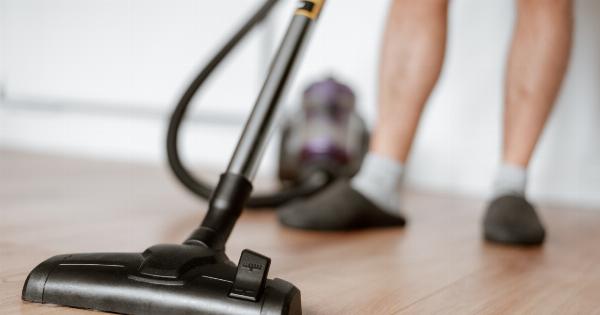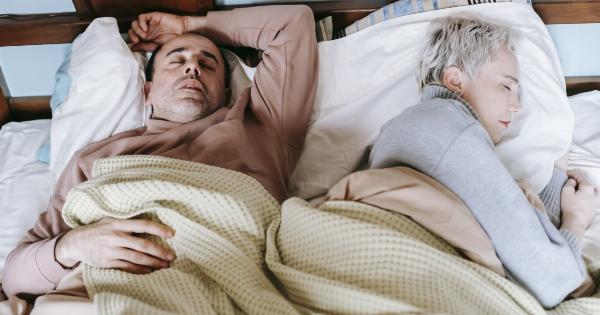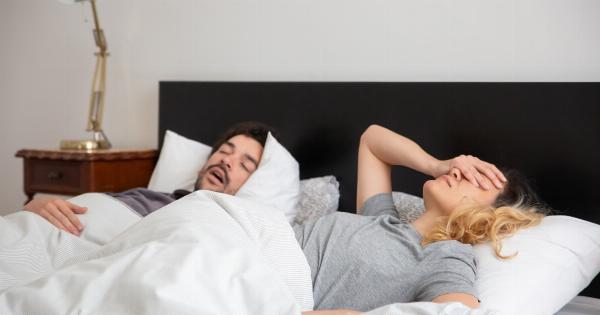Have you ever stopped to consider the position in which you sleep? While it may seem trivial, the way you position yourself during sleep can actually have a significant impact on your overall health and well-being.
In this article, we will explore the benefits and drawbacks of various sleeping positions, allowing you to make more informed decisions about your sleep posture and optimize your sleep.
1. Back Sleeping
Back sleeping, also known as the supine position, is widely considered to be one of the best positions for overall spinal alignment.
When you sleep on your back, your head, neck, and spine are in a neutral position, reducing the risk of developing posture-related problems and back pain.
Another advantage of back sleeping is its potential to minimize facial wrinkles and acne. When your face is not pressed against a pillow overnight, there is less opportunity for creases to form and bacteria to accumulate.
However, back sleeping may not be suitable for everyone. People with sleep apnea or snoring issues may find that sleeping on their back exacerbates these problems.
Additionally, back sleeping can sometimes lead to restless nights if you have a tendency to suffer from sleep paralysis or nightmares.
2. Side Sleeping (Fetal Position)
Side sleeping, particularly in the fetal position with your knees bent and your back curled, is a popular choice for many individuals.
This position can be particularly beneficial for those struggling with snoring or sleep apnea as it helps keep the airways open and reduces the likelihood of these issues occurring.
In addition, side sleeping can be advantageous for pregnant women due to its ability to improve circulation and reduce the risk of developing complications such as low blood pressure and neural tube defects.
However, side sleeping is not without its drawbacks. Sleeping in the fetal position can cause shoulder and lower back pain, as the spine may be forced into an unnatural curve.
It can also restrict diaphragmatic breathing, leading to shallow or inefficient breathing patterns during sleep.
3. Stomach Sleeping
Sleeping on your stomach, also known as the prone position, can be controversial when it comes to its effects on health.
On the positive side, stomach sleeping can help alleviate snoring and symptoms of sleep apnea, as it keeps the airways open and reduces the likelihood of obstruction.
However, sleeping on your stomach can be detrimental to spinal alignment, as it forces the head and neck into an unnatural position. This can lead to neck pain, stiffness, and even nerve compression over time.
Additionally, stomach sleeping may contribute to facial wrinkles and sagging breasts over the years due to the repetitive gravitational forces applied to the face and chest during sleep.
4. Combination Sleeping
Many people do not restrict themselves to a single sleeping position throughout the night. Combination sleeping involves shifting between multiple positions, such as starting on your back and transitioning to your side or stomach.
This flexibility can provide a range of benefits and help mitigate the drawbacks associated with each position.
Combination sleeping allows individuals to enjoy the advantages of proper spinal alignment from back sleeping while also promoting improved breathing and reduced snoring from side or stomach sleeping.
This position can also reduce the risk of developing pressure ulcers or bedsores in individuals who may be bedridden or have limited mobility.
However, combination sleeping may disrupt sleep patterns, leading to less restful and fragmented sleep.
Frequent movement throughout the night can interrupt the different sleep stages and prevent individuals from achieving deep sleep, which is crucial for restorative processes.
5. The Importance of Pillow and Mattress Selection
Regardless of your preferred sleeping position, selecting the right pillow and mattress can significantly enhance your sleep quality and overall comfort.
The right pillow should support your head, neck, and spine in a neutral position, regardless of whether you sleep on your back or side.
For back sleepers, a pillow with a medium loft that fills the space between the neck and the bed is recommended. Side sleepers may benefit from a firmer and thicker pillow that keeps the head and neck aligned with the spine.
Stomach sleepers should opt for a thin or soft pillow to minimize strain on the neck and reduce the risk of excessive curvature in the spine.
When it comes to mattresses, individuals should consider a balance between support and comfort.
A mattress that is too firm can lead to pressure points and cause discomfort, while a mattress that is too soft may lack the necessary support for maintaining proper spinal alignment.
6. Tips for Optimizing Your Sleep Posture
Regardless of which sleeping position you prefer, there are several tips you can follow to optimize your sleep posture and promote better sleep overall:.
- Experiment with different pillow types and sizes to find the one that best supports your head and neck.
- Consider using a body pillow for added support and comfort, especially if you are pregnant or experience joint pain.
- Avoid sleeping on excessively high or multiple pillows, as this can strain your neck and lead to misalignment.
- Try using strategically placed pillows to help maintain proper spinal alignment, such as placing a pillow between your knees when side sleeping.
- Invest in a quality mattress that provides adequate support for your body while also offering optimal comfort.
- Apply relaxation techniques, such as deep breathing or gentle stretches, before bed to promote muscle relaxation and reduce tension.
- Practice good sleep hygiene by maintaining a consistent sleep schedule, creating a relaxing sleep environment, and avoiding stimulating activities before bedtime.
- If you frequently change positions during sleep, ensure that your sleeping area allows for easy movement and does not restrict your comfort.
- Consider consulting with a healthcare professional or sleep specialist if you experience persistent pain or discomfort during sleep.
- Keep in mind that it may take time for your body to adjust to a new sleep position or pillow, so be patient and give yourself time to adapt.
Conclusion
Your sleeping position plays a vital role in determining the quality of your sleep and overall well-being. Each sleeping position offers its own set of benefits and drawbacks, and it is essential to find the position that works best for you.
By understanding the effects of different sleeping positions and implementing the tips mentioned, you can optimize your sleep posture and enjoy more restful nights, leading to improved health and overall quality of life.
